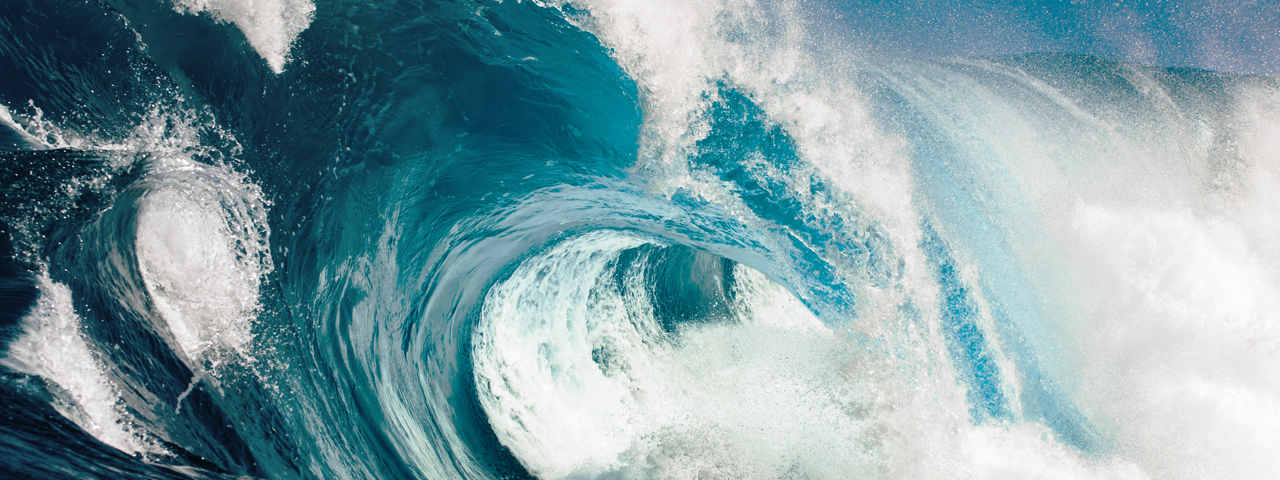Morgan Advanced Materials

Water conservation
Managing our impact
We use water to cool and clean our manufacturing equipment and components, and for sanitary purposes. In order to ensure responsible water use and recycling, our conservation initiatives target water use at manufacturing facilities with the higher consumption or those located in geographic areas where water is scarce. By improving our water usage we will positively impact the local communities in which we operate, and therefore society more generally.
For 2024, the list of water-stressed countries was revised to also include Belgium, Chile, and Singapore, in addition to Australia, China, India, Italy, Mexico, Spain, Turkey, and the UAE. Our sites in the state of California, USA, are included in our water stress figures, based on water stress issues within the state. Following this, we have restated our 2015 baseline and all metrics are now compared to the new baseline.
We have made investments in water cooling recycling systems and upgraded welfare facilities. We have also implemented rain water harvesting at some sites.
In 2024 our overall water usage decreased by 6%, compared with 2023.
Case study - saving water through efficient reuse
In 2024, our Fostoria site, USA, successfully installed a new water cooling system on their high temperature furnace. This new system not only cools the furnace but also reuses the water within the system, promoting sustainability and water conservation. The previous system was a single pass system that required large quantities of fresh water, but with the installation of the new system, we anticipate a saving of approximately 7.5 million gallons of water annually.
Case study - steps taken to reduce water consumption
In late 2023, our Stourport site, UK, invested in a water recirculation system to reduce water consumption. Site water consumption was reduced by 29% at the end of 2024 compared to the same period the previous year.
| Our Aspiration | Our 2030 Goals |
|
Use water sustainably across our business. |
30% reduction in water use in high and extremely high stress areas. 30% reduction in total water usage. |